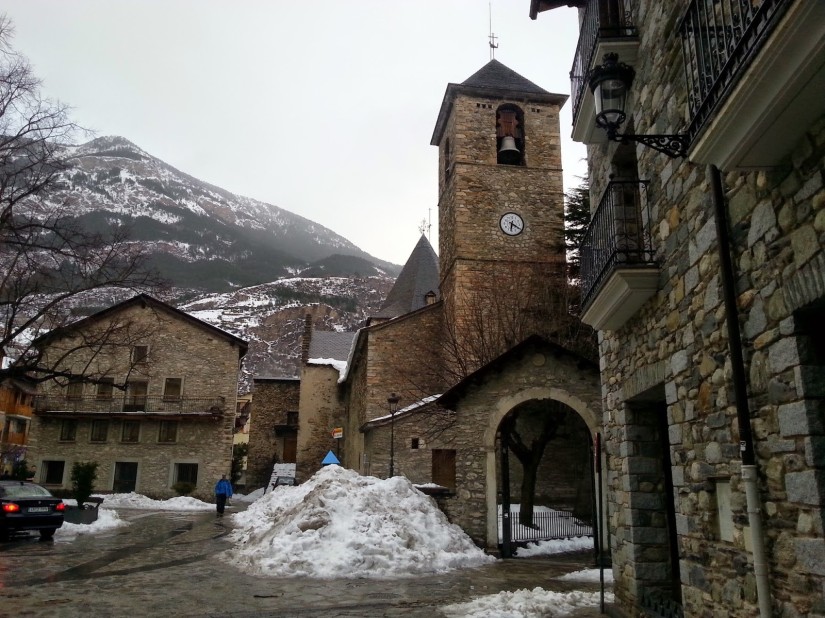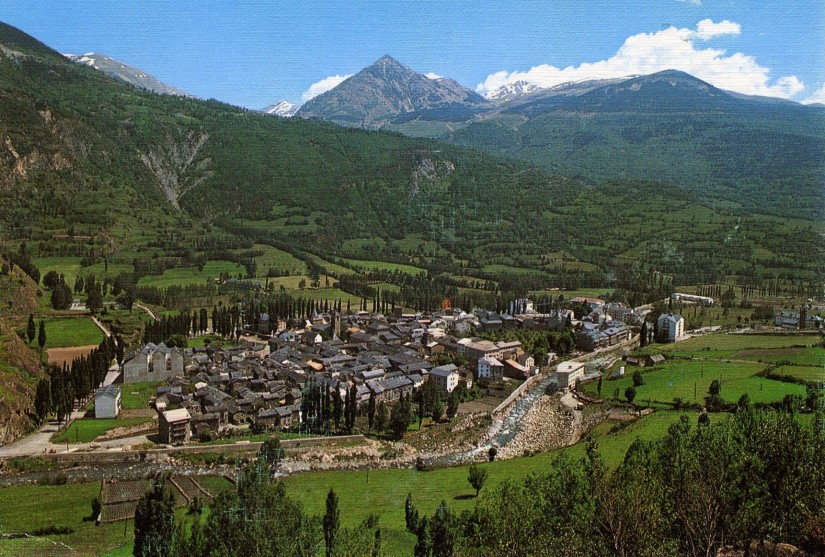JACA
is a historical and outstanding town of Huesca, capital of the Jacetania and located in the Valley of Aragon, a natural environment of great beauty. Its municipal area also includes part of the Protected Landscape of San Juan de la Peña and Monte Oroel and is considered one of the best cities to practice winter sports in Spain.
Jaca is the history of Aragón and its heritage is still alive in its streets, its art and its architecture, still dating back to the medieval city. Highlights buildings such as the Cathedral of Jaca, one of the first Romanesque cathedrals in Spain (eleventh century), created to consolidate the city as a strategic point of the Toulouse road of the Camino de Santiago and the Jaca Citadel, an impressive fortress of the time of Felipe II that constitutes a unique work in the country.
Account in its streets with other places of interest like the Rapitán Fort (1884), the Town Hall, the Museum of Military Miniatures and the Clock Tower. Beyond its urban core but within its municipal area is the monastery of San Juan de la Peña, a must visit to the times when the Kingdom of Aragon was born.
Jaca is history and culture but it is also sport. The sport supply is inexhaustible, with predominance of activities such as skiing (in Astún and Candanchú), climbing, hiking, routes (highlighting the Camino de Santiago) and ice skating, since the city has some ski slopes. Great acrylic ice for adults and children.
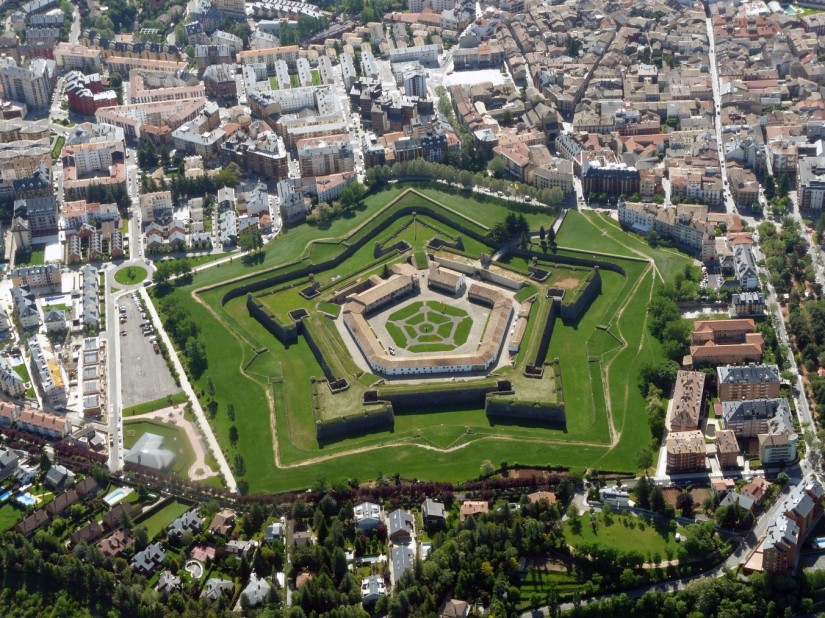
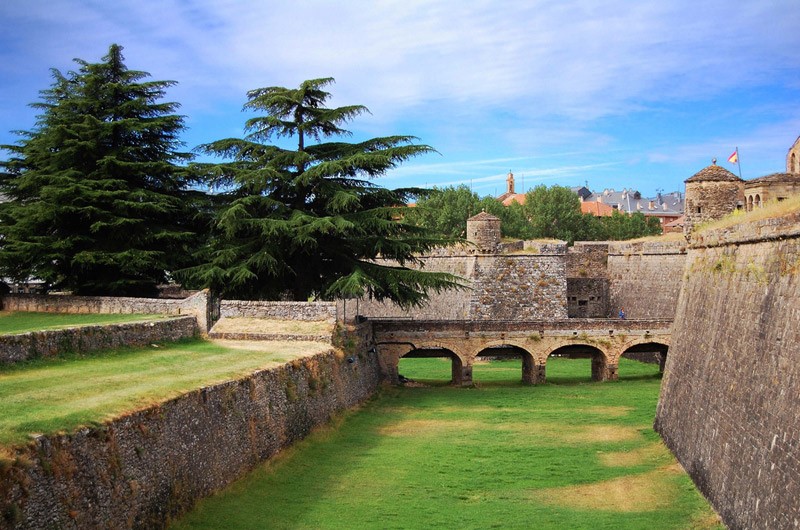
THE VILLA OF AINSA
is a historic city located in the Aragonese Pyrenees, at the confluence of the Cinca and Ara rivers and between the Ordesa and Monte Perdido National Park, the Natural Park of the Canyons and the Sierra de Guara and the Posets-Maladeta Natural Park. Its situation makes it an important crossroads within the central Pyrenees.
Former capital of the county of Sobrarbe, Aínsa collects the architecture, art and culture of several centuries. In its historical helmet, declared Joint-Historical-Artistic, are the Collegiate Church, the Citadel, the Romanesque church of Santa María and the Castle of Aínsa, which still retains much of its walls. Its streets, houses and monuments take visitors back to the Middle Ages and in September «La morisma» is celebrated, a representation of Moors and Christians in commemoration of the reconquest of Aínsa that revives the times when the city and Sobrarbe were the frontier between Christians and Muslims.
In this privileged environment of nature, history, art and gastronomy, Aínsa also offers activities and shows, among which the Castle de Aínsa International Festival, which already has more than 20 years of music in the heart of the city, stands out.
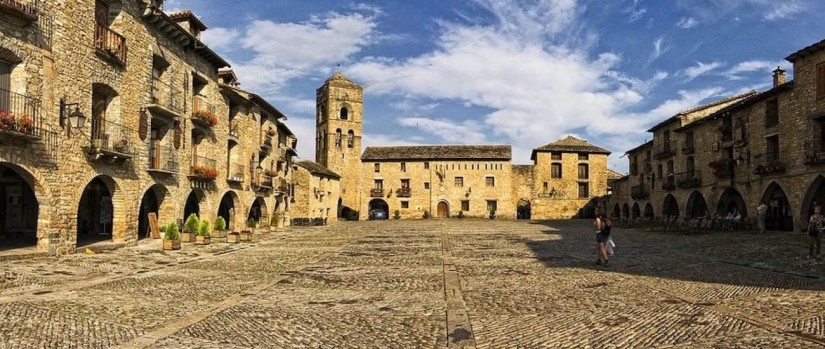
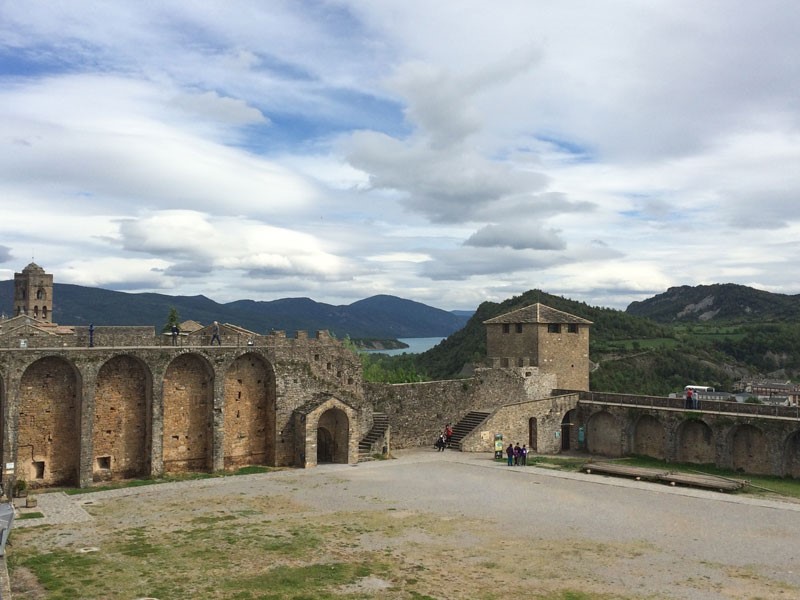
THE MEDIEVAL VILLA OF ALQUÉZAR
in the Somontano region, it is located on the banks of the Vero River and at the foot of the Natural Park of the Sierra and the Canyons of Guara, which is currently the most visited tourist destination.
Alquézar gathers history and legend. The castle that gives its name to the town dates back to the 9th century, when it was built by the Muslims to resist against the Christian kingdoms. In the present, its urban helmet is Historical-Artistic Set and the Collegiate Church of Santa Maria the Major, in its castle day, is now National Monument. Its medieval past is still alive in its streets, in its houses, in the Gothic gateway to the square and in its 17th century museum. You can also find samples of rock art in the caves of the Rio Vero Cultural Park.
Precisely the Vero River has been the cause of the erosion of the land that has led to a steep landscape and ideal for the practice of canyoning and other adventure sports, such as caving and climbing. It also offers several excursions and routes among which stands out the unique Route of the Catwalks, which runs along the last stretch of the Vero River canyon.
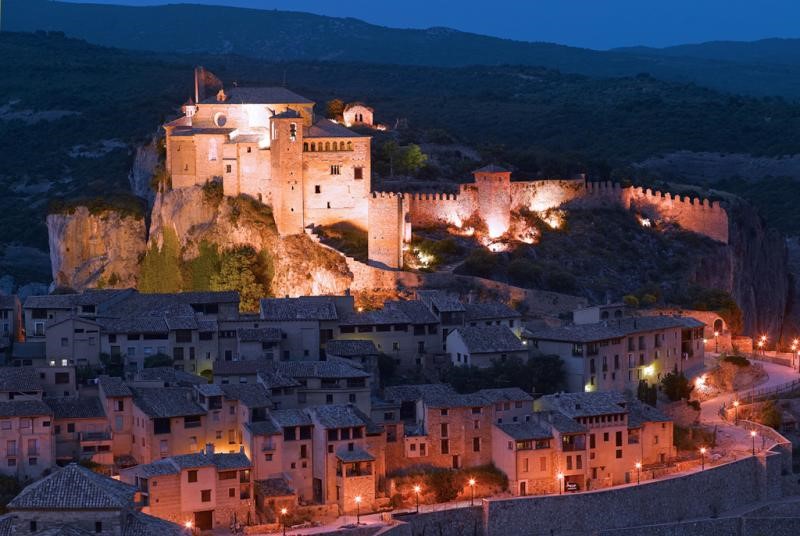
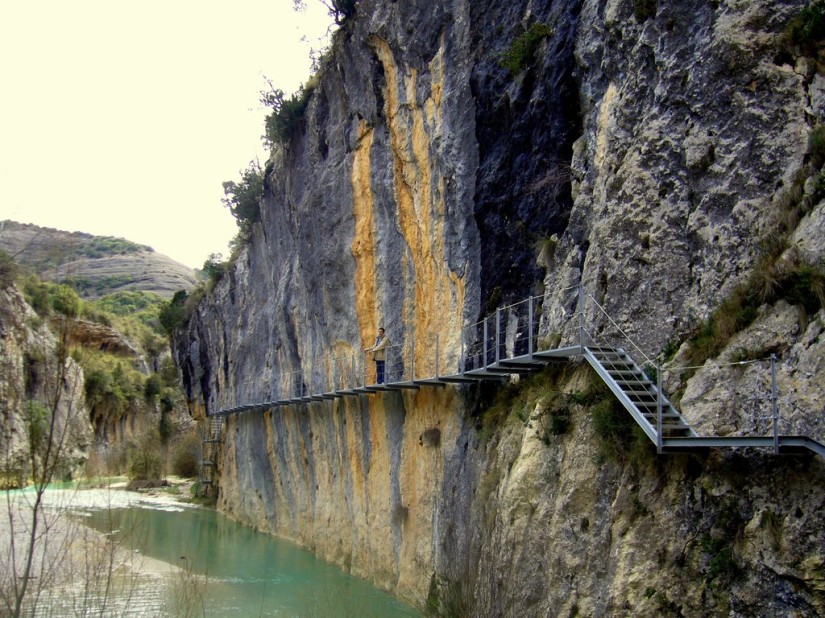
TORLA
is a locality Huesca located in the Aragonese Pyrenees, in the region of Sobrarbe, which sits on the glacial valley of the river Ara. It is the gateway to the Ordesa y Monte Perdido National Park and the Broto Valley and part of its municipality is within the Natural Monument of the Pyrenean Glaciers.
Torla is a typical Pyrenean village, in a privileged position that grants spectacular landscapes. It is the access point to the forest track that leads to Bujaruelo and is surrounded by five imposing peaks over 2,000 meters high, among which the Mondarruego (2,848 m) stands out.
In its natural environment excursions and adventure sports such as canyoning, hiking and rafting on the Ara River, one of the last virgin rivers of the Pyrenees, can be made.
In the city you can contemplate the traditional architecture of the Alto Aragonese houses, among which the Casón de los Viu (14th century). With a history of isolation and culture of its own, Torla still conserves traditions such as the carnival, the jota, the paloteao and the Dance of the Rapatán, exclusive to the town.
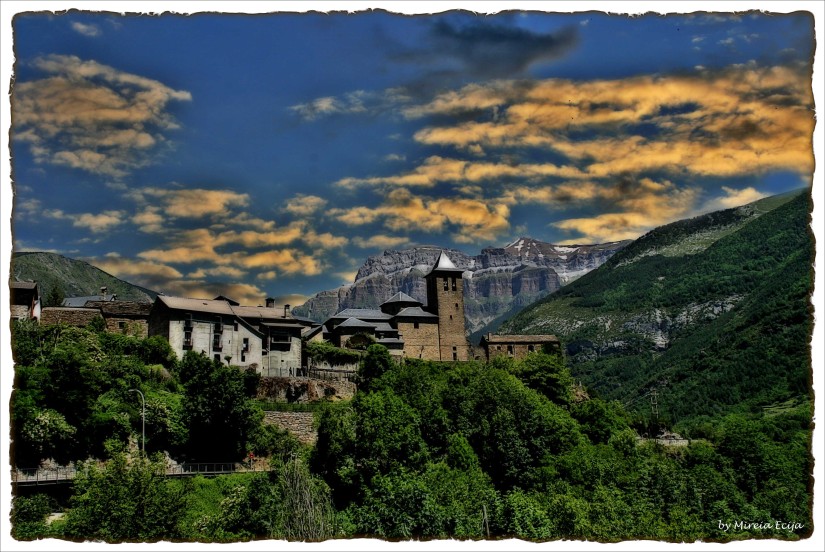
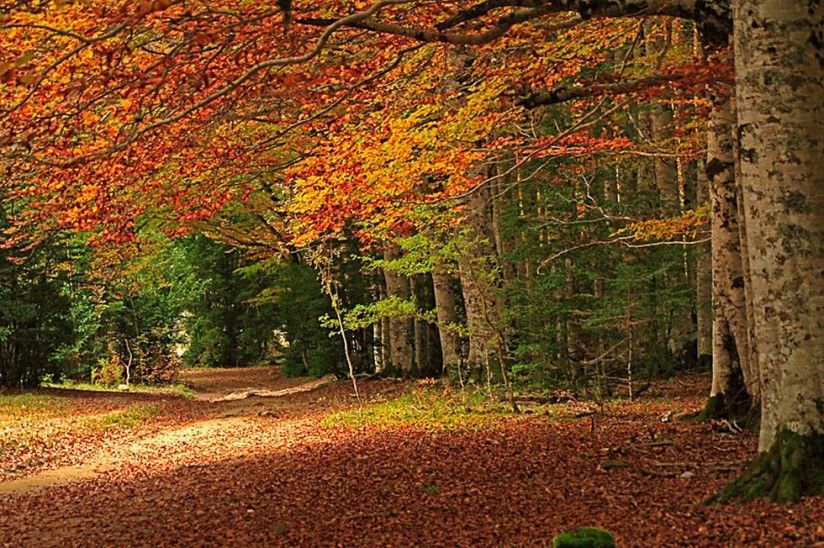
BENASQUE
is a locality of Huesca of the region of the Ribagorza located in the heart of the Pyrenees. It is the neuralgic center of the Benasque Valley and its municipal district includes the towns of Anciles and Cerler, the latter known for its ski resort.
Nature in Benasque reaches its maximum expression. Its municipal area includes areas of the Posets-Maladeta Natural Park and the Natural Monument of the Pyrenean Glaciers. It is in this municipality that we find the most important peaks of the Pyrenees (Aneto, Posets, Maladeta, Perdiguero and Monte Perdido), the largest Pyrenean glaciers and numerous mountain lakes. It also has other natural places of great beauty such as the Forau de Aigualluts, the Via Ferrata de Sacs and several waterfalls. From the shelters of the municipality depart the excursions to the great summits that next to routes and other adventure sports give place a wide tourist offer.
The town of Benasque also keeps its traditional appeal and conserves interesting buildings such as the church of Santa María (of Romanesque origin), the Renaissance Palace of the Counts of Ribagorza, Casa Faure and the Tower of Casa Juste.
In the cultural field stands out the recognized International Chess Open that has been held since 1981 and that has gathered in the Villa de Benasque hundreds of chess players from around the world.
